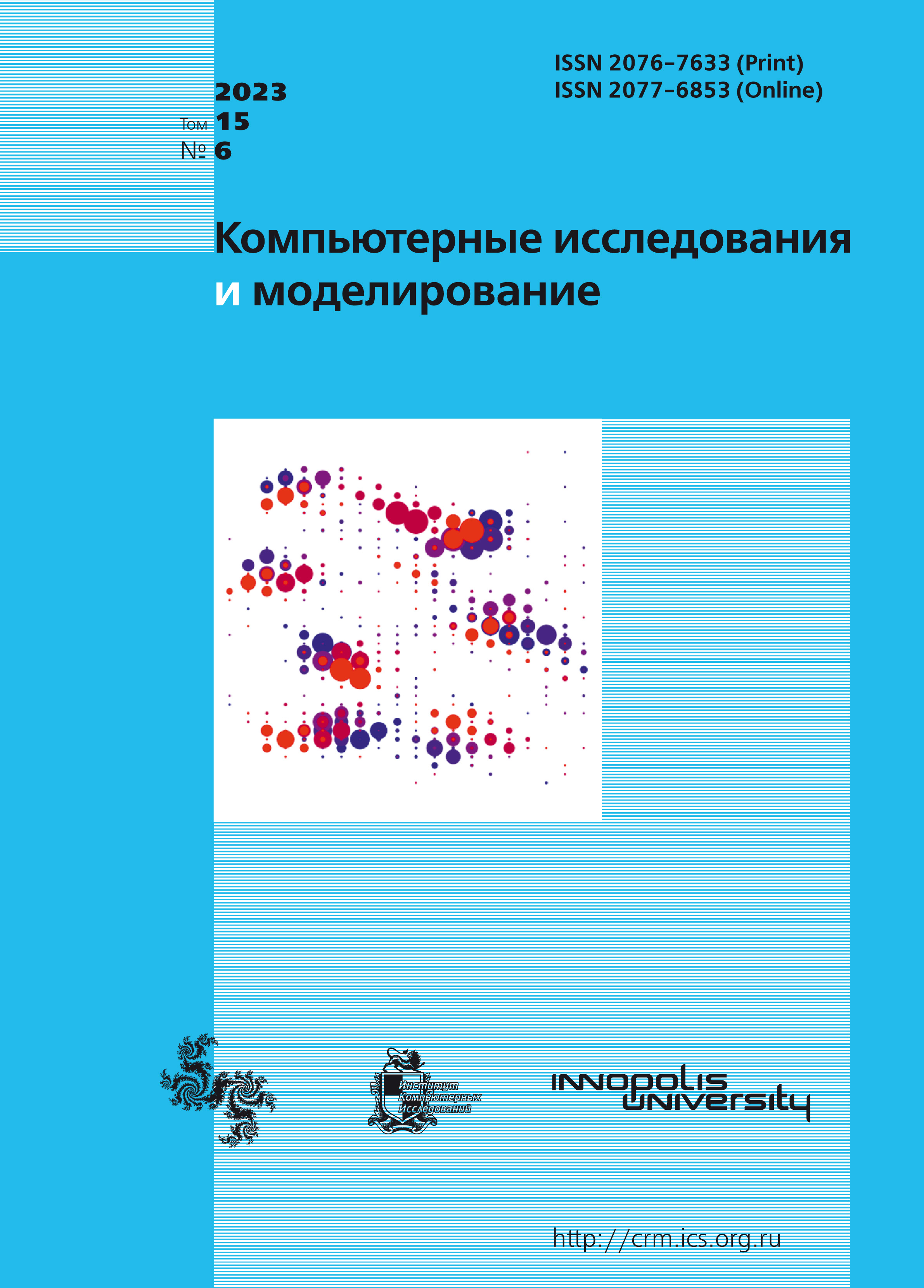All issues
- 2024 Vol. 16
- 2023 Vol. 15
- 2022 Vol. 14
- 2021 Vol. 13
- 2020 Vol. 12
- 2019 Vol. 11
- 2018 Vol. 10
- 2017 Vol. 9
- 2016 Vol. 8
- 2015 Vol. 7
- 2014 Vol. 6
- 2013 Vol. 5
- 2012 Vol. 4
- 2011 Vol. 3
- 2010 Vol. 2
- 2009 Vol. 1
Parameter identification of viscoelastic cell models based on force curves and wavelet transform
 pdf (903K)
pdf (903K)
Mechanical properties of eukaryotic cells play an important role in life cycle conditions and in the development of pathological processes. In this paper we discuss the problem of parameters identification and verification of viscoelastic constitutive models based on force spectroscopy data of living cells. It is proposed to use one-dimensional continuous wavelet transform to calculate the relaxation function. Analytical calculations and the results of numerical simulation are given, which allow to obtain relaxation functions similar to each other on the basis of experimentally determined force curves and theoretical stress-strain relationships using wavelet differentiation algorithms. Test examples demonstrating correctness of software implementation of the proposed algorithms are analyzed. The cell models are considered, on the example of which the application of the proposed procedure of identification and verification of their parameters is demonstrated. Among them are a structural-mechanical model with parallel connected fractional elements, which is currently the most adequate in terms of compliance with atomic force microscopy data of a wide class of cells, and a new statistical-thermodynamic model, which is not inferior in descriptive capabilities to models with fractional derivatives, but has a clearer physical meaning. For the statistical-thermodynamic model, the procedure of its construction is described in detail, which includes the following. Introduction of a structural variable, the order parameter, to describe the orientation properties of the cell cytoskeleton. Setting and solving the statistical problem for the ensemble of actin filaments of a representative cell volume with respect to this variable. Establishment of the type of free energy depending on the order parameter, temperature and external load. It is also proposed to use an oriented-viscous-elastic body as a model of a representative element of the cell. Following the theory of linear thermodynamics, evolutionary equations describing the mechanical behavior of the representative volume of the cell are obtained, which satisfy the basic thermodynamic laws. The problem of optimizing the parameters of the statisticalthermodynamic model of the cell, which can be compared both with experimental data and with the results of simulations based on other mathematical models, is also posed and solved. The viscoelastic characteristics of cells are determined on the basis of comparison with literature data.
Indexed in Scopus
Full-text version of the journal is also available on the web site of the scientific electronic library eLIBRARY.RU
The journal is included in the Russian Science Citation Index
The journal is included in the RSCI
International Interdisciplinary Conference "Mathematics. Computing. Education"






